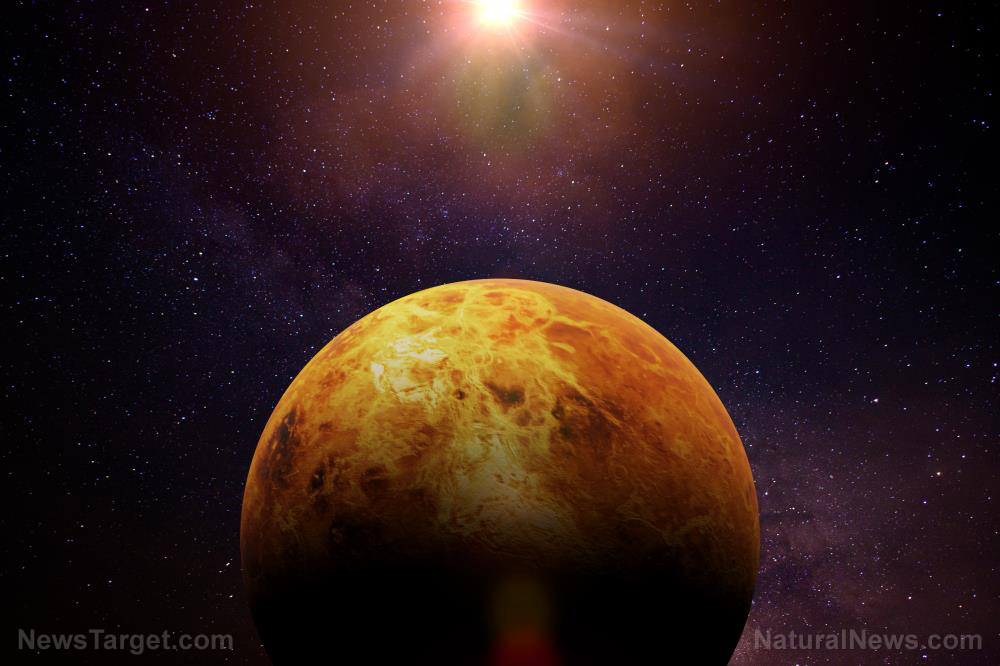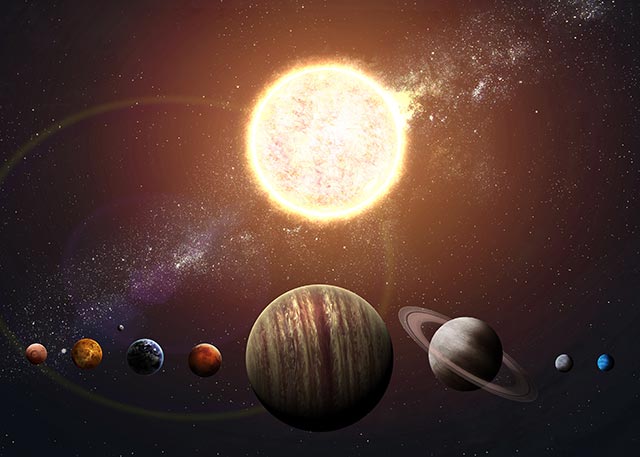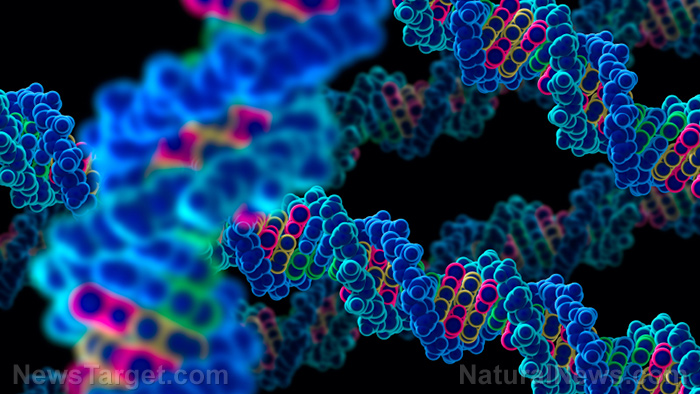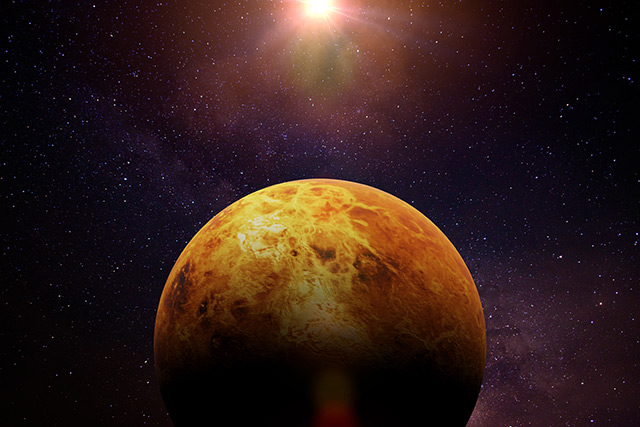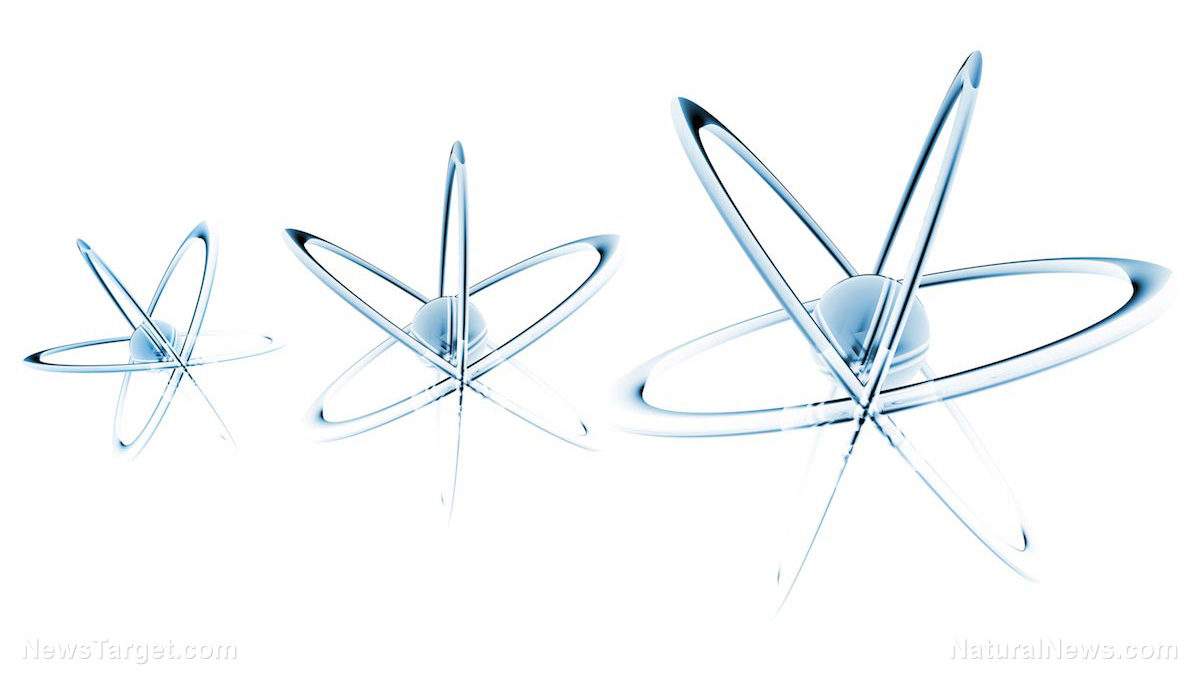Stunning NASA discoveries suggest Ceres is an ocean world percolating with briny waters from its interior
09/26/2020 / By Virgilio Marin
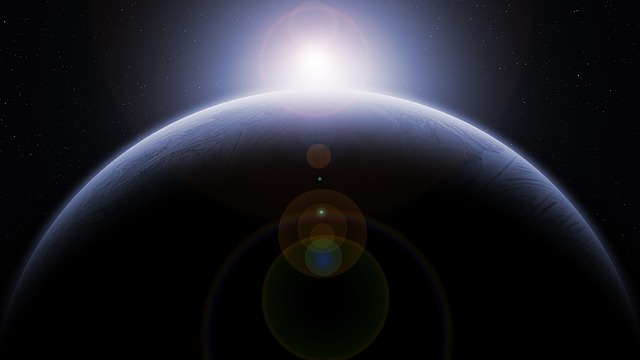
The National Aeronautics and Space Administration (NASA) has unveiled what it discovered about Ceres in a recent mission, shedding new light on the evolution of the dwarf planet and opening new curiosities.
In 2016, NASA’s Dawn spacecraft went into an extended mission to probe Ceres, the biggest object in the asteroid belt and the only dwarf planet in the inner solar system. Fast forward to 2020, NASA revealed that Ceres is an ocean world on par with the icy moons in the outer solar system, such as Jupiter’s Europa and Saturn’s Enceladus. Ceres may still be geologically active today, but as to what drives geologic activity on the planet, astronomers said that it’s quite unlike that of icy moons. It’s also possible that it was once habitable, sparking further speculation.
“To me, it’s just so beautiful because it has so much complexity and so much mystery,” said Carol Raymond, a program scientist for NASA’s Jet Propulsion Laboratory at the California Institute of Technology. Raymond was a co-author of each of the seven papers published on the subject, which appeared in Nature Research.
Discoveries reveal what’s beneath Ceres
Located amid a large crater in Ceres, the Occator Crater, are two highly-reflective regions named Cerealia Facula and Vinalia Faculae. They’re made of salt, such as sodium carbonate, which explains why they look so bright from above. They’re also relatively young; Ceres is frequently pelted by micrometeorites, which should darken these regions over time. But the fact that they are bright indicates that they haven’t been around for a long time.
The researchers further analyzed their chemical composition and found that some areas within them are as young as two million years. They also discovered that aside from sodium carbonate, the two regions are made of the salt hydrohalite, or hydrated sodium carbonate.
The discovery marks the first time that hydrohalite was found outside Earth. The salt dries up within 100 years or less. But data from Dawn indicates that the salt found on the planet still contains water, which means some sort of geologic activity is ongoing. As to what that might be, the researchers are convinced that there are slushy brine reservoirs underneath the Occator Crater, which bubble up to the surface like lava through the fissures created when Ceres was bombarded by a meteorite. That collision also gave rise to these reservoirs.
“The impact heat subsided after a few million years,” said Raymond, “[However], the impact also created large fractures that could reach the deep, long-lived reservoir, allowing brine to continue percolating to the surface.”
The presence of such reservoirs puts Ceres in the league of icy ocean worlds, such as Europa and Enceladus. These icy moons are said to hide oceans beneath their surface. They’re also geologically active, driven mainly by their gravitational interactions with their planets. But that’s not the case with Ceres, which means the energy that’s needed to keep brine melted and trigger geologic activity is derived elsewhere.
However, it’s still unclear where that energy comes from or what form it takes. It’s possible that the reason why brine hasn’t been frozen has to do with the chemistry of the crust, which contains compounds called clathrates. These are gas molecules trapped inside water “cages,” serving as excellent insulators that slow down heat loss.
“The cool thing about clathrates is they conduct heat really poorly; they’re like having an esky (a cooler) around your planet,” said Craig O’Neill, a planetary scientist at the Macquarie University in Australia who was not part of the research. (Related: Liquid water on Pluto? Gases trapped in a layer of ice could be what keeps an underground ocean from freezing, report researchers.)
Ceres was once habitable?
It’s possible that Ceres was once habitable – but not for long, according to Raymond.
The dwarf planet probably had hotter conditions and thicker oceans at some point during its evolution. But Raymond insisted that such conditions likely did not persist long enough to allow for the emergence of life. So if life did exist, it probably took the form of an interplanetary hitchhiker, such as extremophile bacteria, that can weather more extreme conditions.
But it could be habitable again, said Raymond. If an object hits Ceres and makes a sizable impact, it can mobilize water and the salt reserves on the planet and form an impact melt chamber. In turn, the presence of water can be conducive to life.
Meanwhile, O’Neill is more optimistic about the planet’s current habitability. He posited that a hardy creature, such as an archea bug, could be living in its interior and manage to survive under harsher conditions. On that note, he said that it’s important “to expand the scope of potential environments in the solar system that are habitable, all over again.”
There’s still no definitive answer, let alone a conclusive piece of evidence, to whether Ceres is habitable or not. Scientists would have to keep studying the planet to figure out what’s truly going beneath its cratered surface. That will come at the cost of another mission and another spacecraft, as Dawn has already run out fuel and is parked somewhere above Ceres, its solar arrays facing away from the Sun.
Cosmic.news has more on the search for life in outer space.
Sources include:
Tagged Under: alien life, asteroid belt, Ceres, Chemistry, cool science, cosmic, discoveries, discovery, dwark planet, habitable planet, icy moon, icy ocean world, oceans in space, outer space, planets, solar system, Space, space exploration
RECENT NEWS & ARTICLES
COPYRIGHT © 2018 BREAKTHROUGH.NEWS
All content posted on this site is protected under Free Speech. Breakthrough.news is not responsible for content written by contributing authors. The information on this site is provided for educational and entertainment purposes only. It is not intended as a substitute for professional advice of any kind. Breakthrough.news assumes no responsibility for the use or misuse of this material. All trademarks, registered trademarks and service marks mentioned on this site are the property of their respective owners.





